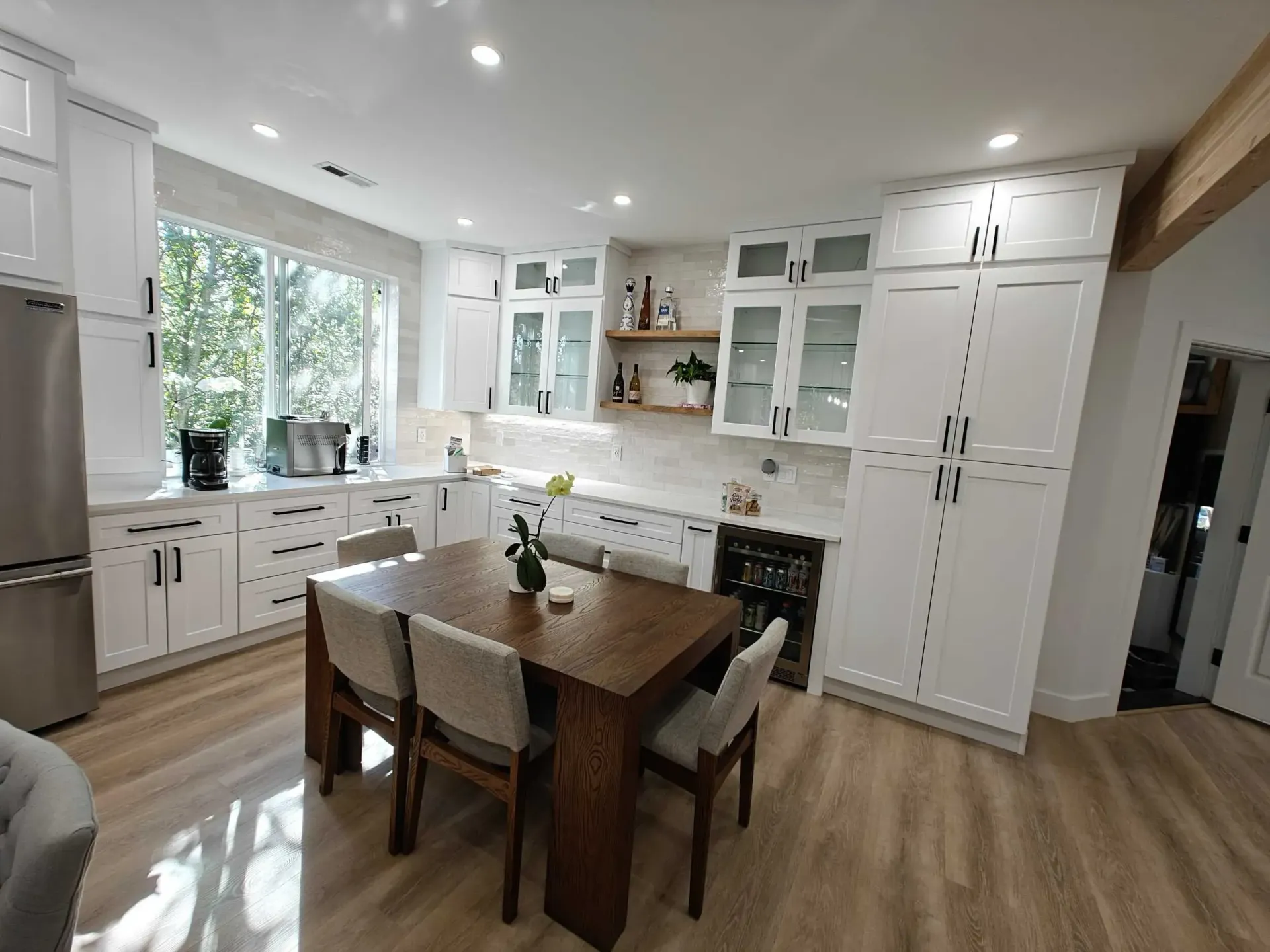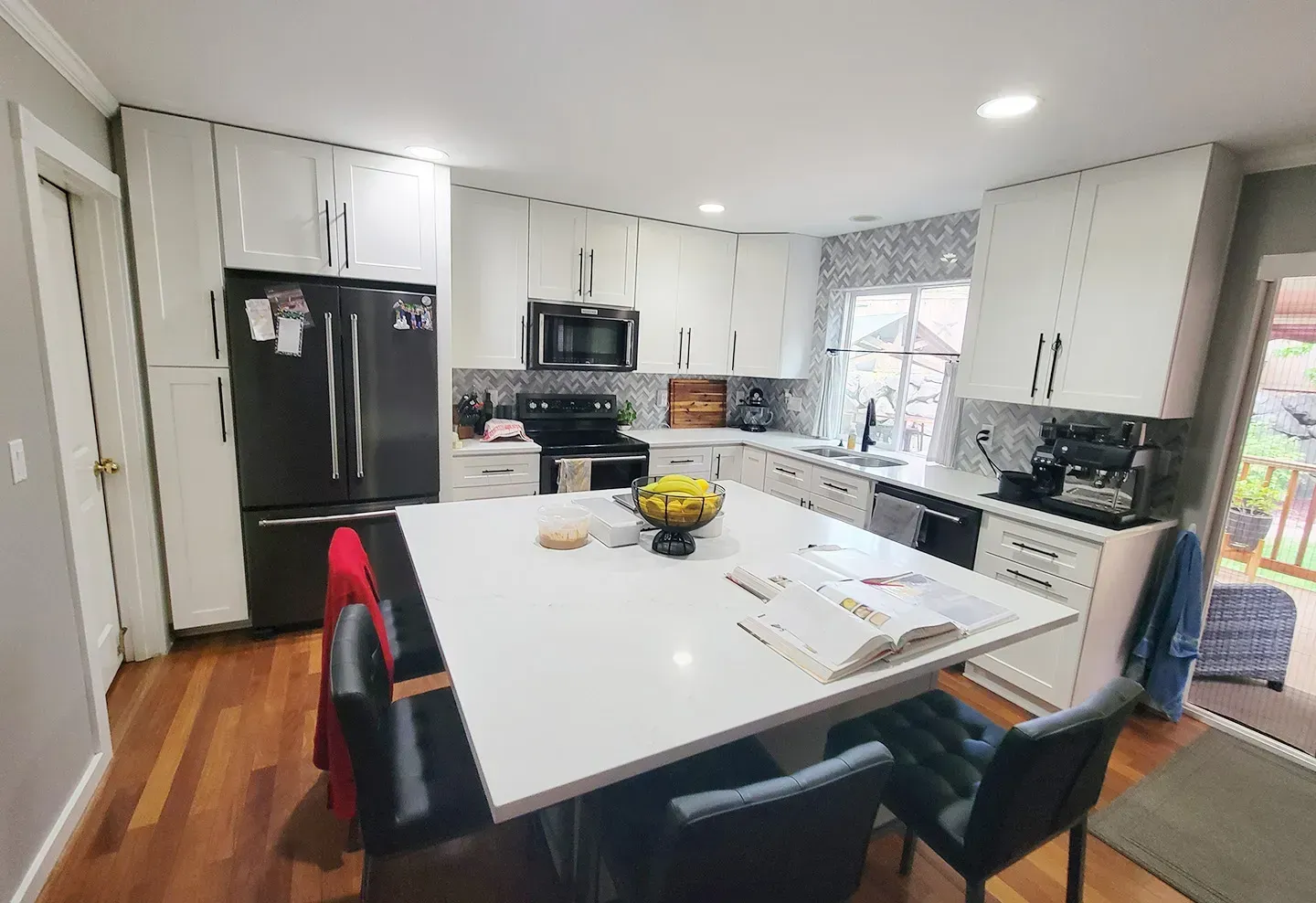How to Stay On Budget During a Home Construction Project
Starting a home construction project is exciting, but it can also be financially overwhelming if you’re not careful. Costs can quickly add up, leaving many homeowners wondering how to keep their expenses under control. The good news is that staying on budget is possible with the right planning and strategies.
In this blog, we’ll explore practical tips to help you manage your finances during large-scale construction projects. From setting a realistic budget to tracking expenses and choosing cost-effective materials, these strategies will keep your project on track without sacrificing quality.
Define Your Budget Early and Stick to It
The first step to staying on budget is setting a clear, realistic spending limit before your project begins. Start by determining how much you can afford to spend and what you’re comfortable investing in your home. Once you have a number, stick to it.
One of the best ways to avoid overspending is to separate your "needs" from your "wants." For example, upgrading your kitchen with durable, mid-range materials might be a priority, while splurging on luxury fixtures could wait until later. Being clear about priorities ensures you allocate your budget to the most important aspects of your project.
Use tools like spreadsheets or budgeting apps to track every detail. Include estimated costs for labor, materials, permits, and any extras. Having a detailed plan in place will help you avoid surprises and keep your finances in check.
Work with a Reputable Contractor
Choosing the right contractor is one of the most important decisions you’ll make during your construction project. A trustworthy, experienced contractor can save you money by avoiding delays, minimizing errors, and offering cost-effective solutions.
Start by researching contractors in your area. Look for those with positive reviews, proper licensing, and a proven track record of completing projects on time and within budget. Don’t hesitate to ask for references or examples of their past work.
Make sure you get a detailed, itemized estimate before signing any contracts. This will help you understand exactly where your money is going and avoid hidden costs. Clear communication is key—discuss timelines, materials, and any potential issues upfront to ensure everyone is on the same page.
Account for Hidden Costs and Contingencies
Unexpected expenses are common in construction projects, but you can prepare for them by building a buffer into your budget. Experts recommend setting aside 10–15% of your total budget for contingencies. This safety net can cover surprises like material price increases, permit fees, or unforeseen structural issues.
To minimize hidden costs, work closely with your contractor during the planning phase. Ask them to identify any potential risks or additional expenses that could arise. For example, older homes may require updates to electrical or plumbing systems that aren’t immediately visible.
Being proactive and prepared helps you avoid financial stress and keeps your project moving forward, even when the unexpected happens.
Avoid Last-Minute Changes to the Plan
One of the quickest ways to blow your budget is by making changes after construction has started. Even small adjustments, like switching materials or altering layouts, can lead to additional costs for labor, materials, and even project delays.
To avoid this, finalize your design and material choices before breaking ground. Take the time to carefully review blueprints, layouts, and finishes with your contractor or designer. Ask questions and make sure you’re completely satisfied with the plan before giving the green light.
If changes are absolutely necessary, discuss the cost and timeline impacts with your contractor first. Clear communication ensures you can make informed decisions without unnecessary surprises.
Choose Cost-Effective Materials
High-quality materials don’t always have to break the bank. There are plenty of cost-effective options that balance durability, functionality, and aesthetics. For example, engineered wood can give you the look of hardwood flooring at a fraction of the price. Similarly, laminate countertops are an affordable alternative to stone surfaces.
When selecting materials, focus on long-term value. While cheaper options may seem appealing, they could lead to higher repair or replacement costs in the future. Work with your contractor to explore options that fit your budget without compromising quality.
Keep an eye out for sales or discounts, especially on bulk materials. Some suppliers offer promotions during off-peak seasons, which can help you save even more. Strategic choices like these allow you to stay within budget while still achieving the look and functionality you want.
Time Your Project Strategically
The timing of your construction project can have a big impact on your budget. Scheduling during off-peak seasons, such as late fall or winter, can often result in lower costs for both labor and materials. Contractors may have more availability during these times, which could also lead to shorter timelines.
On the other hand, starting a project during peak building season, like spring or summer, can drive up costs due to higher demand. Materials may also be in short supply, leading to potential delays and price hikes.
Discuss timing with your contractor to find the best window for your project. Flexibility with your timeline can help you take advantage of seasonal discounts and avoid unnecessary expenses caused by peak-season demand.
Track Expenses Throughout the Project
Keeping a close eye on your expenses is crucial to staying on budget. It’s not enough to set a budget at the start—you need to monitor spending regularly to ensure everything is on track. Unexpected costs can creep up, so staying informed helps you make adjustments as needed.
Ask your contractor for regular updates on costs and progress. Reviewing invoices and receipts throughout the project allows you to spot any discrepancies early. Use tools like spreadsheets or budget tracking apps to organize and compare actual spending against your initial estimates.
Having a clear picture of where your money is going makes it easier to identify areas where you can cut back or reallocate funds if necessary. This habit can make a huge difference in avoiding overspending.
Communicate Clearly with Your Team
Good communication is the backbone of a successful construction project, especially when it comes to managing costs. Misunderstandings or vague instructions can lead to costly errors, delays, or unnecessary changes.
Set up regular check-ins with your contractor to discuss progress, address questions, and review any potential issues. These meetings keep everyone aligned and reduce the chances of surprises that could affect your budget. Make sure your expectations are clear from the beginning—this includes timelines, material preferences, and project goals.
Don’t hesitate to ask questions or request clarification. Being actively involved in the process ensures your vision is understood and helps prevent missteps that could lead to additional expenses.
DIY Where It Makes Sense
Taking on certain tasks yourself can save money, but it’s important to know your limits. Small, non-specialized tasks like painting walls, installing hardware, or landscaping are great opportunities to cut costs without risking the quality of the project.
However, avoid DIY for technical or complex work like plumbing, electrical wiring, or structural changes. Mistakes in these areas can lead to expensive repairs, code violations, or safety hazards. For these tasks, hiring a professional is the smarter—and often more affordable—choice in the long run.
Before committing to any DIY tasks, consult with your contractor to ensure your involvement won’t disrupt the project timeline. By focusing on what you can confidently handle, you’ll save money without compromising the overall success of the project.
Prioritize High-Impact Upgrades
When working with a limited budget, it’s essential to focus on upgrades that deliver the most value. High-impact improvements, like remodeling kitchens and bathrooms, often provide the best return on investment. These areas not only enhance your daily life but also boost your home’s resale value.
For example, upgrading appliances or installing new countertops in the kitchen can make a big difference without requiring a full remodel. Similarly, modernizing fixtures or adding energy-efficient upgrades in the bathroom can elevate its functionality and appeal.
Defer non-essential upgrades—like luxury features or highly personalized design elements—until later when you have more budget flexibility. By concentrating on the improvements that matter most, you’ll make the most of your construction dollars while achieving meaningful results.
Conclusion
Staying on budget during a home construction project is all about careful planning, clear communication, and smart decision-making. By defining your budget early, working with a reputable contractor, and focusing on high-impact upgrades, you can avoid overspending while achieving your dream home.
Remember, unexpected costs and challenges are part of the process, but with the right strategies, you can keep them under control. Take the time to plan, stay involved, and trust experienced professionals to guide you every step of the way.
Ready to start your next construction project? Tubro Construction offers reliable and professional services, from general contracting to kitchen and bathroom remodeling, custom home builds, and interior and exterior painting. Serving Maple Valley, Tacoma, Covington, Renton, Kent, and Auburn, we’re here to bring your vision to life—on time and within budget. Contact us today to get started!











